Home>Furniture & Design>Office Furniture>What Office Chair Is Best For Your Back
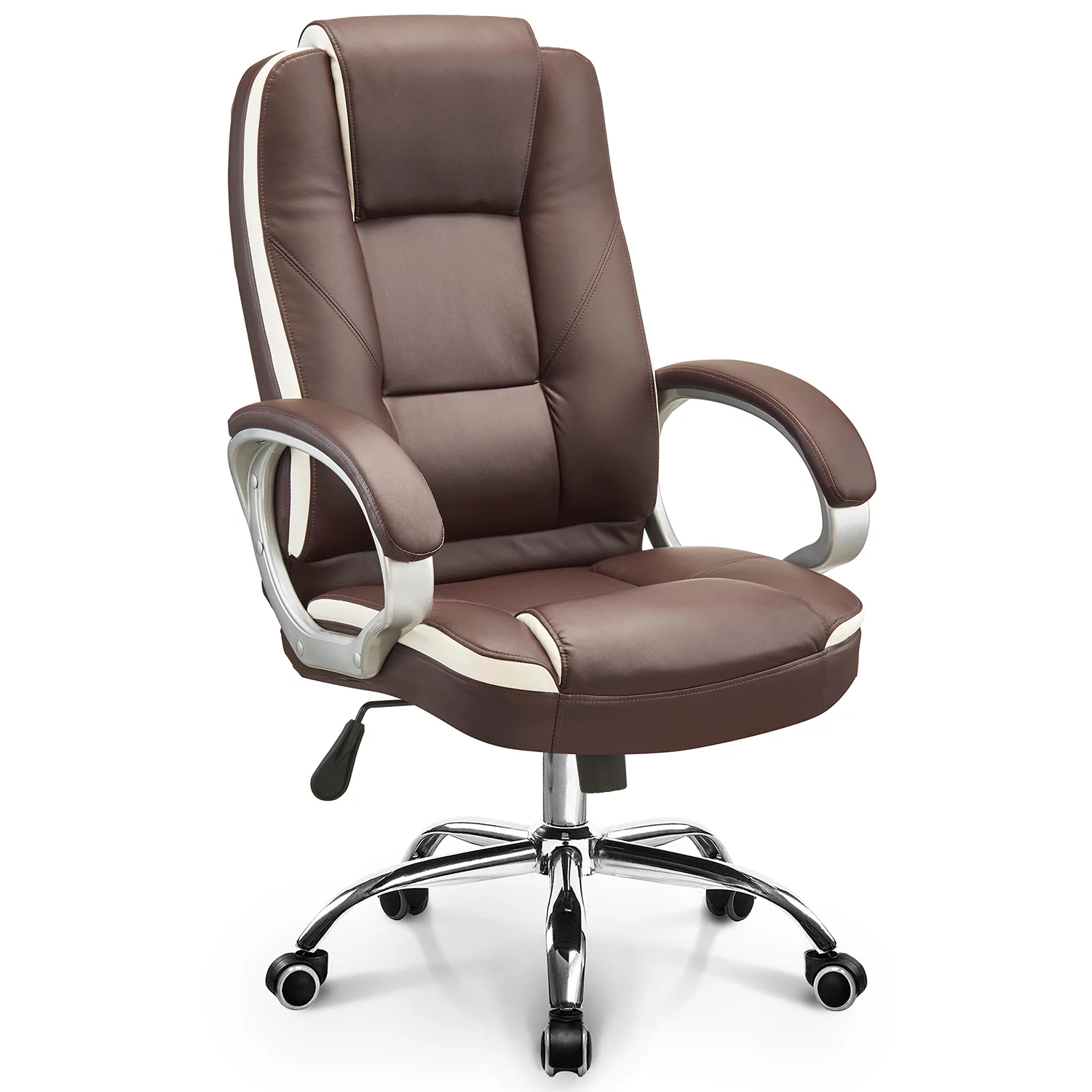

Office Furniture
What Office Chair Is Best For Your Back
Modified: January 14, 2024
Discover the best office chair for your back with our expert guide. Find the perfect balance of comfort and support with our top picks in office furniture and design.
(Many of the links in this article redirect to a specific reviewed product. Your purchase of these products through affiliate links helps to generate commission for Storables.com, at no extra cost. Learn more)
Introduction
Choosing the right office chair is crucial for maintaining good posture and preventing back pain. As the average office worker spends a significant portion of their day seated at a desk, investing in an ergonomic office chair can have a profound impact on their overall well-being and productivity. In this article, we will delve into the world of office chairs, exploring the various types available and highlighting the key factors to consider when selecting the best chair for your needs. Additionally, we will provide insights into some of the top office chairs designed to provide optimal back support, helping you make an informed decision that prioritizes your comfort and health.
Key Takeaways:
- Choose an office chair that supports your back to prevent discomfort and promote productivity. Look for ergonomic features and back support to prioritize your well-being.
- Top office chairs like Herman Miller Aeron and Steelcase Leap prioritize back support, offering comfort and spinal health for a more satisfying work experience.
Understanding the Importance of a Good Office Chair
Office chairs play a pivotal role in shaping the work environment and directly impact the physical well-being of employees. A good office chair is not merely a piece of furniture; it is a tool that promotes comfort, productivity, and overall health. The significance of a well-designed office chair becomes evident when considering the long hours typically spent sitting at a desk. Without proper support, individuals are susceptible to a myriad of health issues, with back pain being one of the most common complaints.
One of the primary benefits of a good office chair is its ability to support the natural curvature of the spine. The human spine has an S-shaped curve, and an ergonomic chair is specifically designed to maintain this natural alignment, reducing the strain on the back muscles and ligaments. By providing adequate lumbar support, a high-quality office chair helps alleviate the pressure on the lower back, minimizing the risk of developing chronic discomfort or injuries.
Furthermore, a well-cushioned seat with ample padding can enhance comfort and prevent discomfort associated with prolonged sitting. Proper seat depth and width are also essential factors to consider, as they contribute to optimal weight distribution and reduce the likelihood of developing pressure points. Additionally, adjustable armrests and a swivel feature enable users to customize their seating position, promoting better circulation and reducing the strain on the shoulders and neck.
From a productivity standpoint, a comfortable and supportive office chair can significantly impact an individual’s focus and efficiency. By minimizing physical discomfort, employees are better able to concentrate on their tasks, leading to improved performance and job satisfaction. Furthermore, a well-designed office chair can contribute to a professional and aesthetically pleasing workspace, reflecting an organization’s commitment to the well-being of its employees.
In essence, the importance of a good office chair extends beyond mere comfort; it is a crucial component of a healthy and ergonomic work environment. By prioritizing the well-being of employees and investing in high-quality office chairs, organizations can foster a culture of care and productivity while mitigating the potential risks associated with prolonged sitting.
Types of Office Chairs
Office chairs come in a diverse range of styles, each tailored to specific preferences and functional requirements. Understanding the various types of office chairs can empower individuals to select the most suitable option based on their unique needs. Here are some common types of office chairs:
- Ergonomic Chairs: These chairs are designed to provide optimal support and comfort, with adjustable features that cater to individual preferences. Ergonomic chairs often feature adjustable armrests, lumbar support, and seat height, promoting healthy posture and reducing the risk of musculoskeletal issues.
- Executive Chairs: Typically associated with high-level executives and managerial roles, executive chairs exude sophistication and luxury. They are often crafted from premium materials such as leather and boast a high backrest, padded armrests, and ergonomic features, reflecting a blend of style and functionality.
- Task Chairs: Task chairs are versatile and practical, making them suitable for a wide range of office environments. These chairs prioritize functionality and are designed for prolonged use, featuring adjustable components and ergonomic support to accommodate various tasks and workstations.
- Mesh Chairs: Mesh chairs are characterized by their breathable mesh backrest, which promotes airflow and ventilation, keeping users cool and comfortable. These chairs are ideal for individuals who prioritize breathability and a modern aesthetic.
- Guest Chairs: Guest chairs are intended for use in reception areas, meeting rooms, or visitor spaces within an office. They are often designed to complement the overall office decor and provide comfortable seating for guests and visitors.
- Conference Chairs: Specifically tailored for use in conference rooms and meeting areas, conference chairs prioritize comfort during extended periods of sitting. They often feature cushioned seats and backrests, along with a professional and streamlined appearance.
Each type of office chair serves a distinct purpose, catering to the diverse needs of individuals and the specific demands of various office settings. By understanding the unique features and benefits of each type, individuals can make informed decisions when selecting the most suitable office chair for their workspace.
Look for an office chair with good lumbar support to help maintain the natural curve of your spine. Adjustable armrests and seat height can also help prevent back pain.
Factors to Consider When Choosing an Office Chair
When selecting an office chair, several crucial factors should be taken into account to ensure optimal comfort, support, and functionality. By carefully considering the following aspects, individuals can make informed decisions that align with their ergonomic and aesthetic preferences:
- Ergonomic Design: Prioritize chairs with ergonomic features, such as adjustable lumbar support, seat height, and armrests. These elements promote healthy posture and reduce the risk of musculoskeletal strain.
- Seat Dimensions: Consider the seat depth and width to ensure adequate support and comfort. The seat should accommodate the user’s body size and provide ample room for movement without creating pressure points.
- Material and Cushioning: Evaluate the quality of the chair’s padding and upholstery. High-quality cushioning and breathable materials contribute to long-term comfort and durability.
- Adjustability: Look for chairs with multiple adjustable features, including tilt tension, recline, and swivel capabilities. Customizable options enable users to personalize their seating experience based on their preferences and tasks.
- Support for Posture: Opt for chairs that promote proper spinal alignment, particularly in the lumbar region. Adequate lumbar support helps prevent slouching and minimizes strain on the lower back.
- Wheelbase and Swivel: Consider the stability and maneuverability of the chair. A sturdy wheelbase and smooth swivel mechanism facilitate easy movement and accessibility within the workspace.
- Weight Capacity: Ensure that the chair’s weight capacity aligns with the user’s weight to maintain structural integrity and safety.
- Aesthetic Appeal: While functionality is paramount, the chair’s visual design and overall aesthetic should complement the office environment and reflect the user’s personal style.
- Warranty and Durability: Assess the chair’s warranty coverage and overall durability. Investing in a chair with a reliable warranty and robust construction ensures long-term satisfaction and peace of mind.
By carefully evaluating these essential factors, individuals can make well-informed choices when selecting an office chair that promotes comfort, supports healthy posture, and enhances overall well-being in the workplace.
Best Office Chairs for Back Support
Choosing an office chair that prioritizes back support is essential for maintaining spinal health and minimizing the risk of discomfort associated with prolonged sitting. Several chairs stand out for their exceptional back support features, catering to the diverse needs of individuals seeking comfort and ergonomic excellence. Here are some top contenders renowned for their back support capabilities:
- Herman Miller Aeron Chair: Recognized for its iconic design and unparalleled ergonomic features, the Herman Miller Aeron Chair boasts an innovative mesh backrest that promotes breathability and lumbar support. Its adjustable PostureFit SL lumbar support system ensures optimal spinal alignment, making it a popular choice for individuals prioritizing back comfort.
- Steelcase Leap Chair: The Steelcase Leap Chair is celebrated for its adaptive LiveBack technology, which flexes with the user’s movements to provide continuous lumbar support. With its customizable features and exceptional build quality, this chair offers personalized back support tailored to individual preferences and posture needs.
- Herman Miller Embody Chair: Engineered to promote natural alignment and reduce pressure on the spine, the Herman Miller Embody Chair features a dynamic matrix of pixels that conforms to the user’s movements, ensuring balanced support and comfort. Its backfit adjustment allows for personalized spinal support, making it an ideal choice for those seeking comprehensive back relief.
- Steelcase Gesture Chair: The Steelcase Gesture Chair is designed to accommodate a wide range of postures, providing exceptional support for the back, neck, and shoulders. Its 3D LiveBack technology and adjustable lumbar support adapt to the user’s movements, fostering dynamic and healthy sitting habits while minimizing strain on the back muscles.
- Secretlab Omega Chair: Combining ergonomic design with premium materials, the Secretlab Omega Chair features a high-density foam lumbar pillow that offers targeted support for the lower back. Its customizable recline and tilt mechanism promote optimal spinal alignment, making it a popular choice for individuals seeking reliable back support during extended periods of sitting.
These exemplary office chairs exemplify a commitment to back support and ergonomic excellence, catering to the diverse needs of individuals seeking comfort, functionality, and long-term spinal health. By investing in a chair that prioritizes back support, users can mitigate the risks associated with poor posture and enjoy enhanced well-being in the workplace.
Conclusion
Choosing the right office chair is a decision that significantly impacts an individual’s comfort, productivity, and overall well-being. By understanding the importance of a good office chair and considering the diverse types available, individuals can make informed choices that align with their ergonomic needs and personal preferences. Factors such as ergonomic design, adjustability, and back support are pivotal considerations when selecting an office chair that promotes healthy sitting habits and minimizes the risk of musculoskeletal strain.
Furthermore, the availability of top-tier office chairs renowned for their exceptional back support features offers individuals a wide array of options to prioritize spinal health and comfort. Chairs such as the Herman Miller Aeron, Steelcase Leap, Herman Miller Embody, Steelcase Gesture, and Secretlab Omega exemplify the industry’s commitment to providing ergonomic excellence and comprehensive back relief, catering to the diverse needs of users across various professional settings.
Ultimately, investing in a high-quality office chair that prioritizes back support is an investment in long-term well-being and workplace satisfaction. By selecting a chair that promotes healthy posture, comfort, and functionality, individuals can mitigate the potential risks associated with prolonged sitting and cultivate a supportive work environment that values their physical health and productivity.
With a wealth of options available, individuals are empowered to make conscious decisions that prioritize their well-being, setting the stage for enhanced comfort, focus, and overall satisfaction in the workplace. By recognizing the pivotal role of a good office chair and leveraging the insights provided in this article, individuals can embark on a journey towards a healthier and more ergonomic work experience, supported by a chair that prioritizes their back and overall well-being.
Frequently Asked Questions about What Office Chair Is Best For Your Back
Was this page helpful?
At Storables.com, we guarantee accurate and reliable information. Our content, validated by Expert Board Contributors, is crafted following stringent Editorial Policies. We're committed to providing you with well-researched, expert-backed insights for all your informational needs.
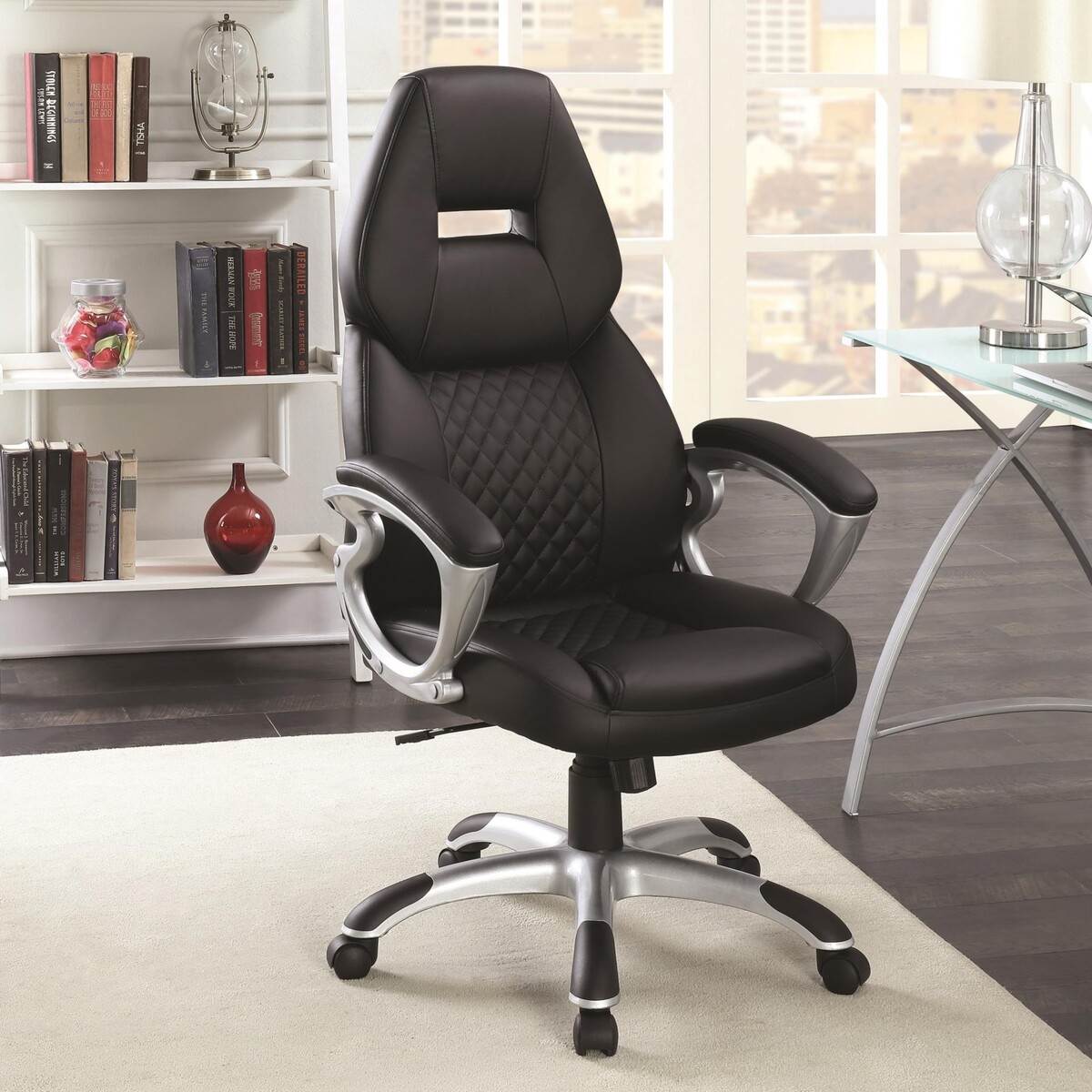
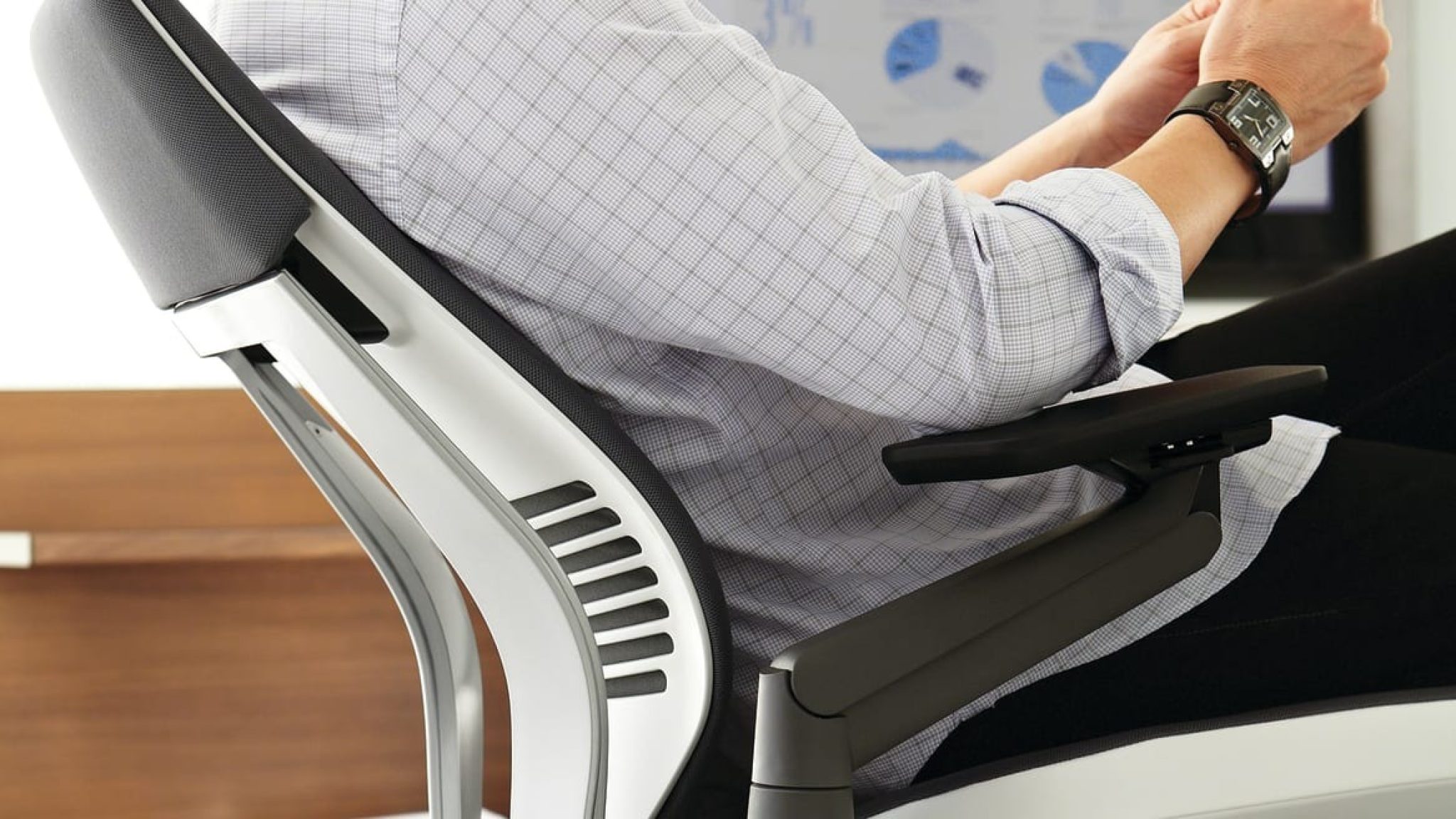
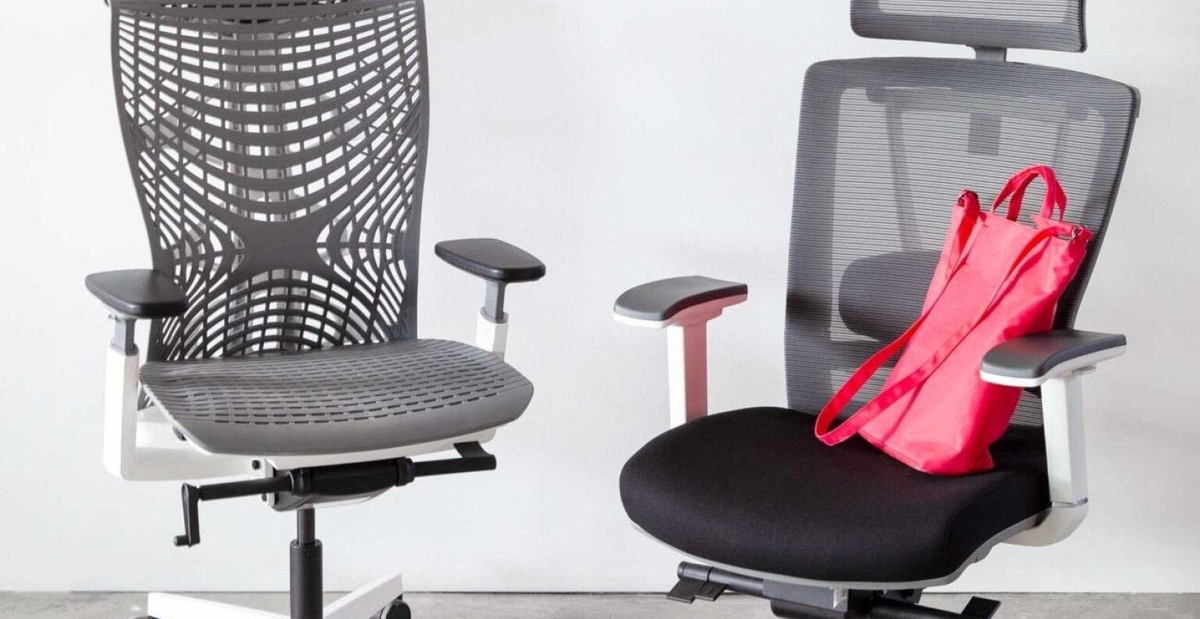
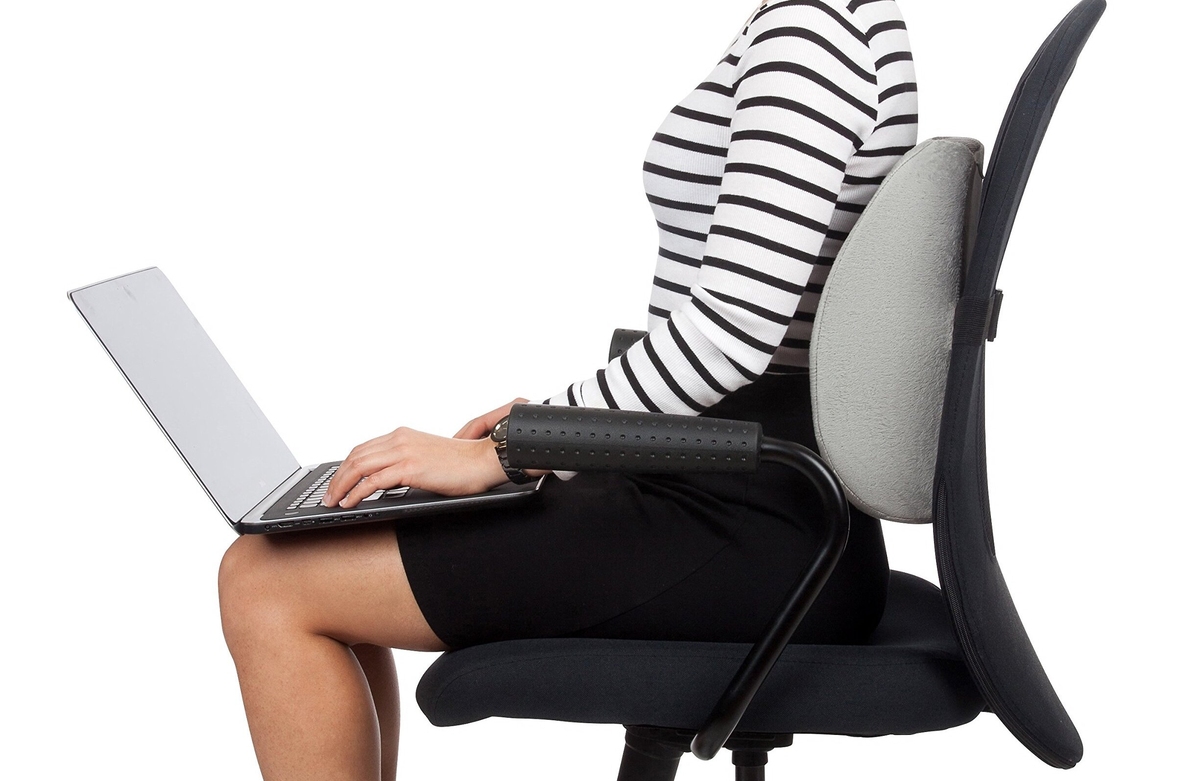
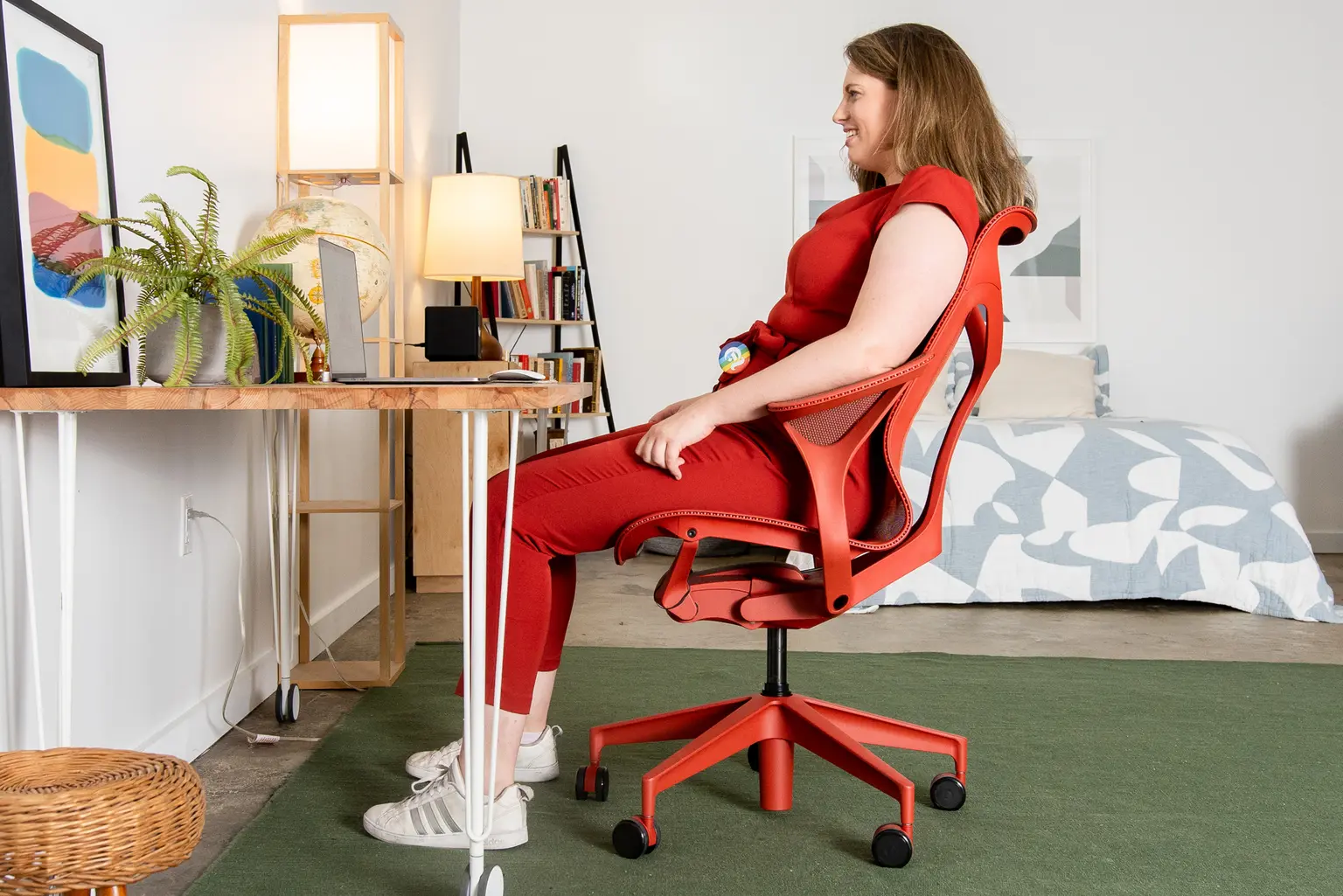
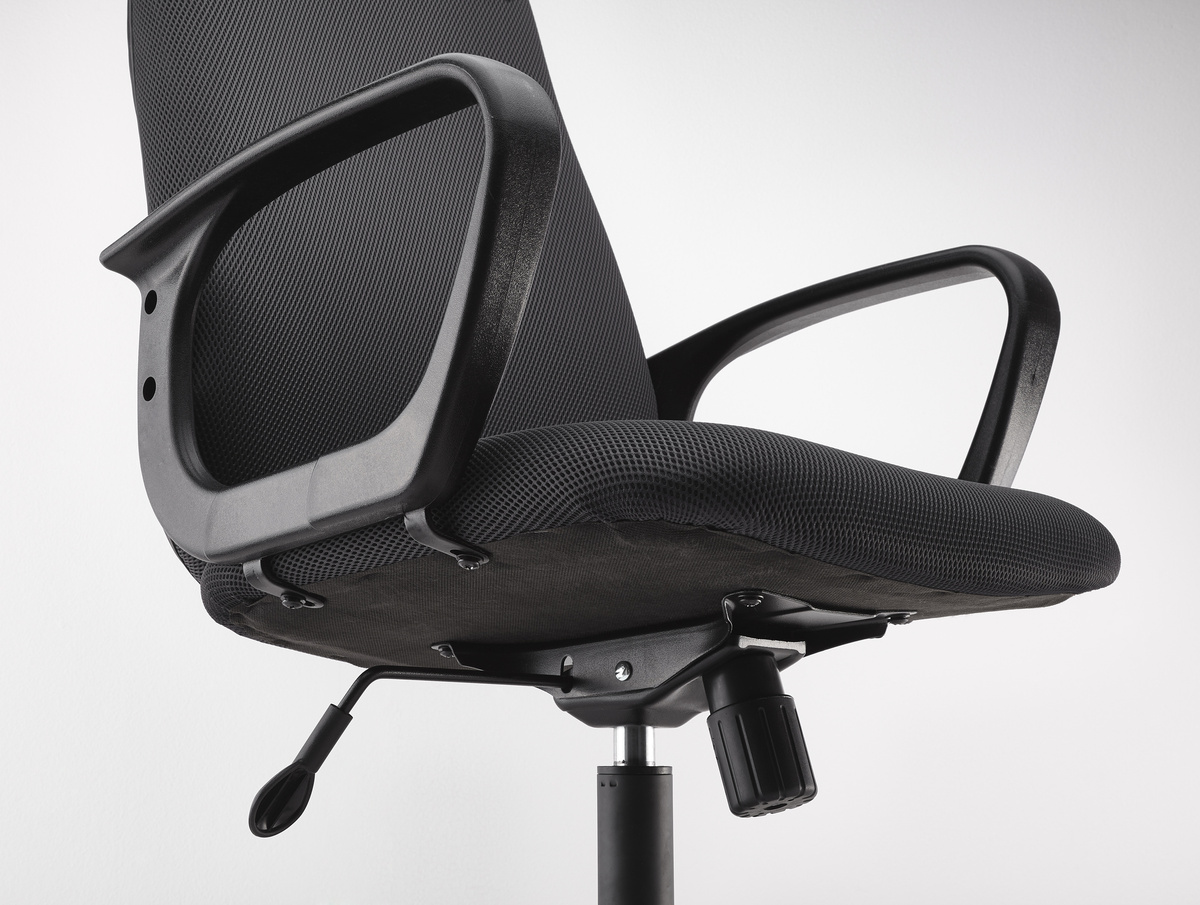
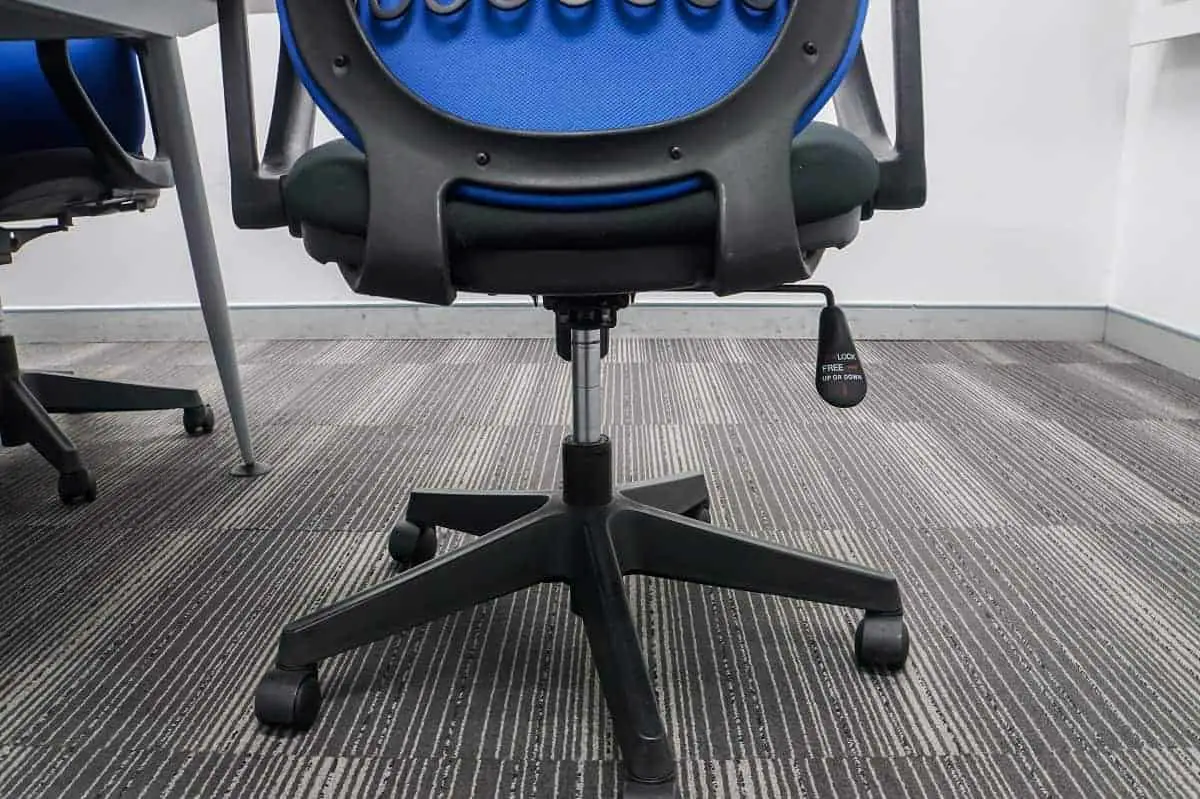
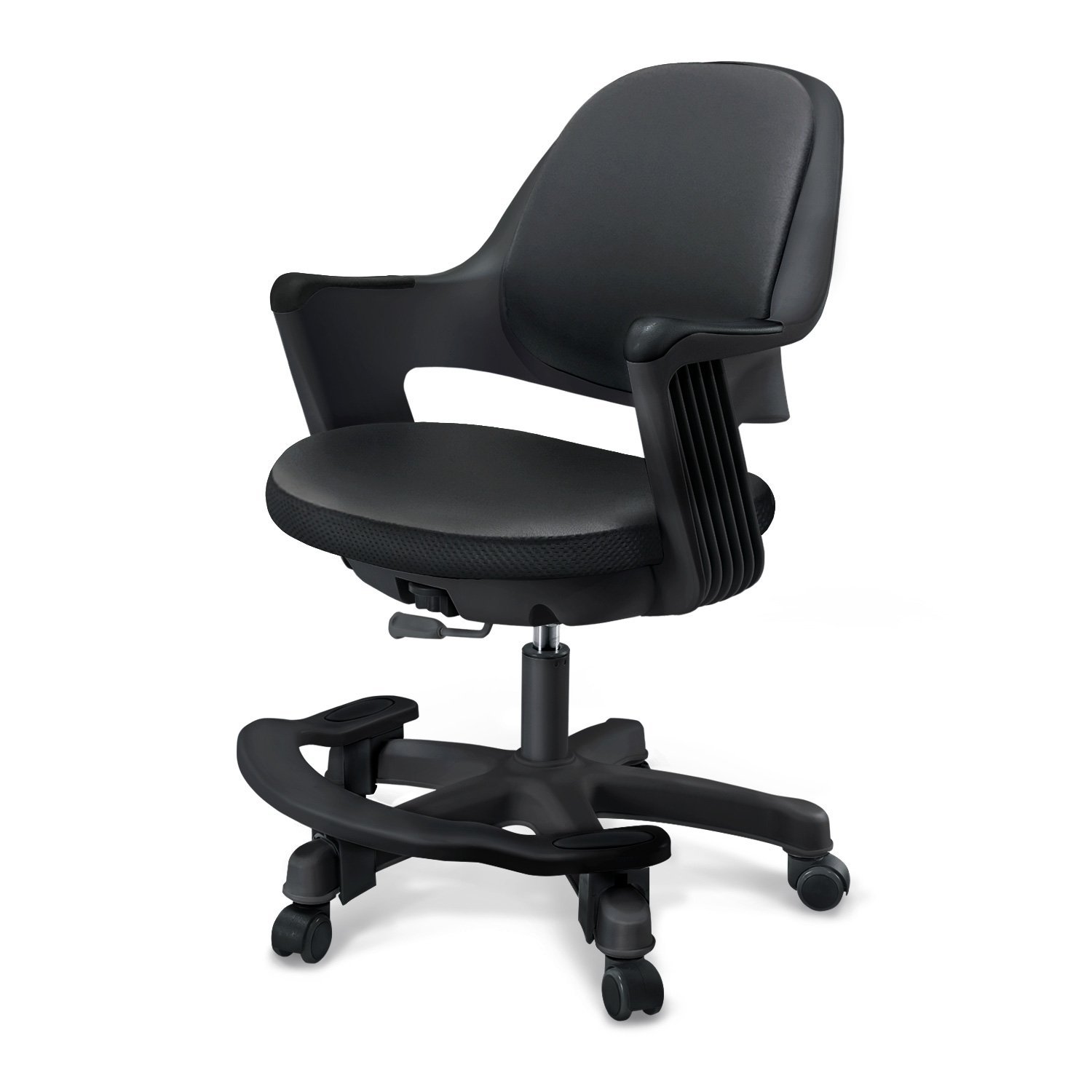

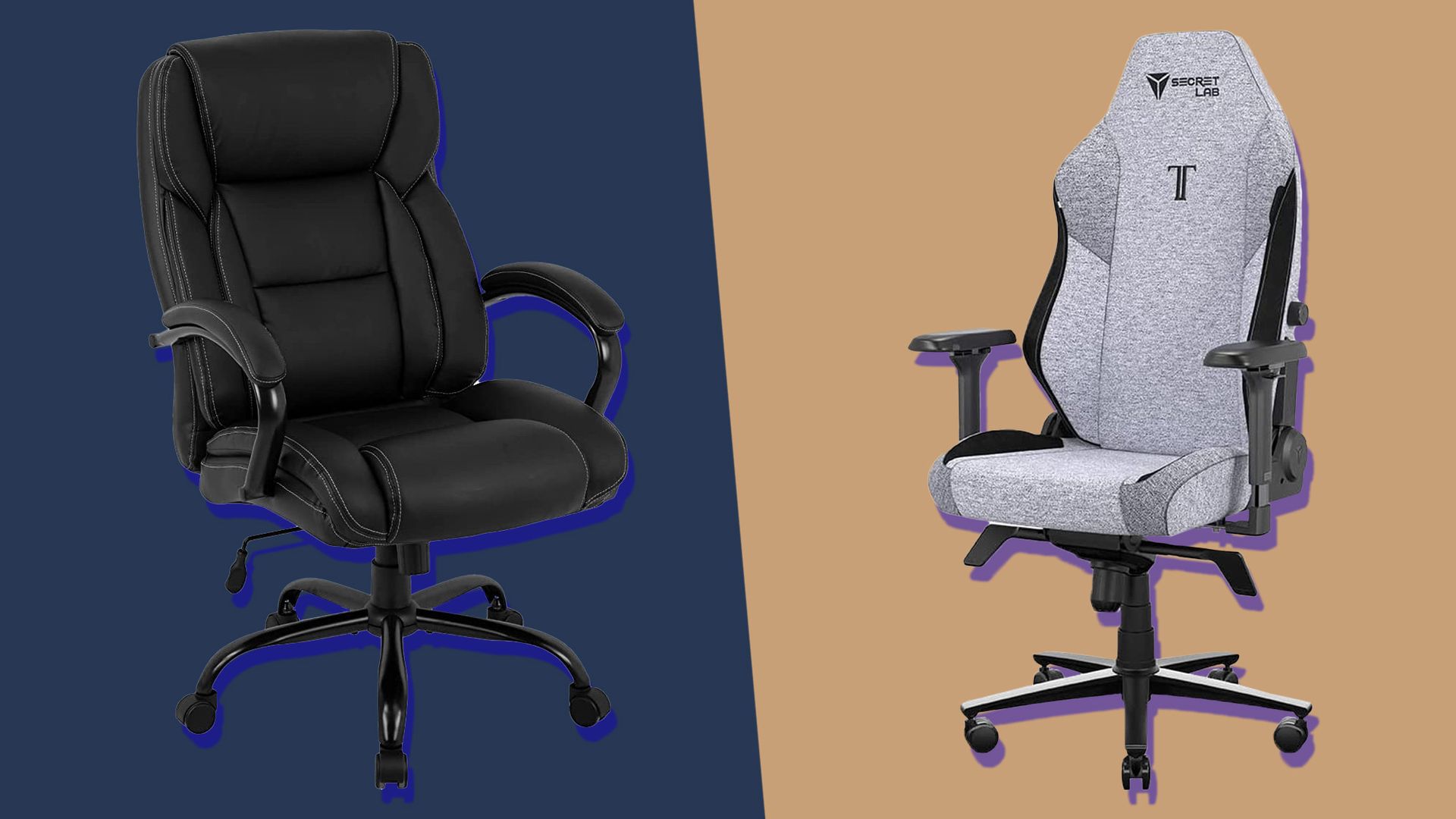
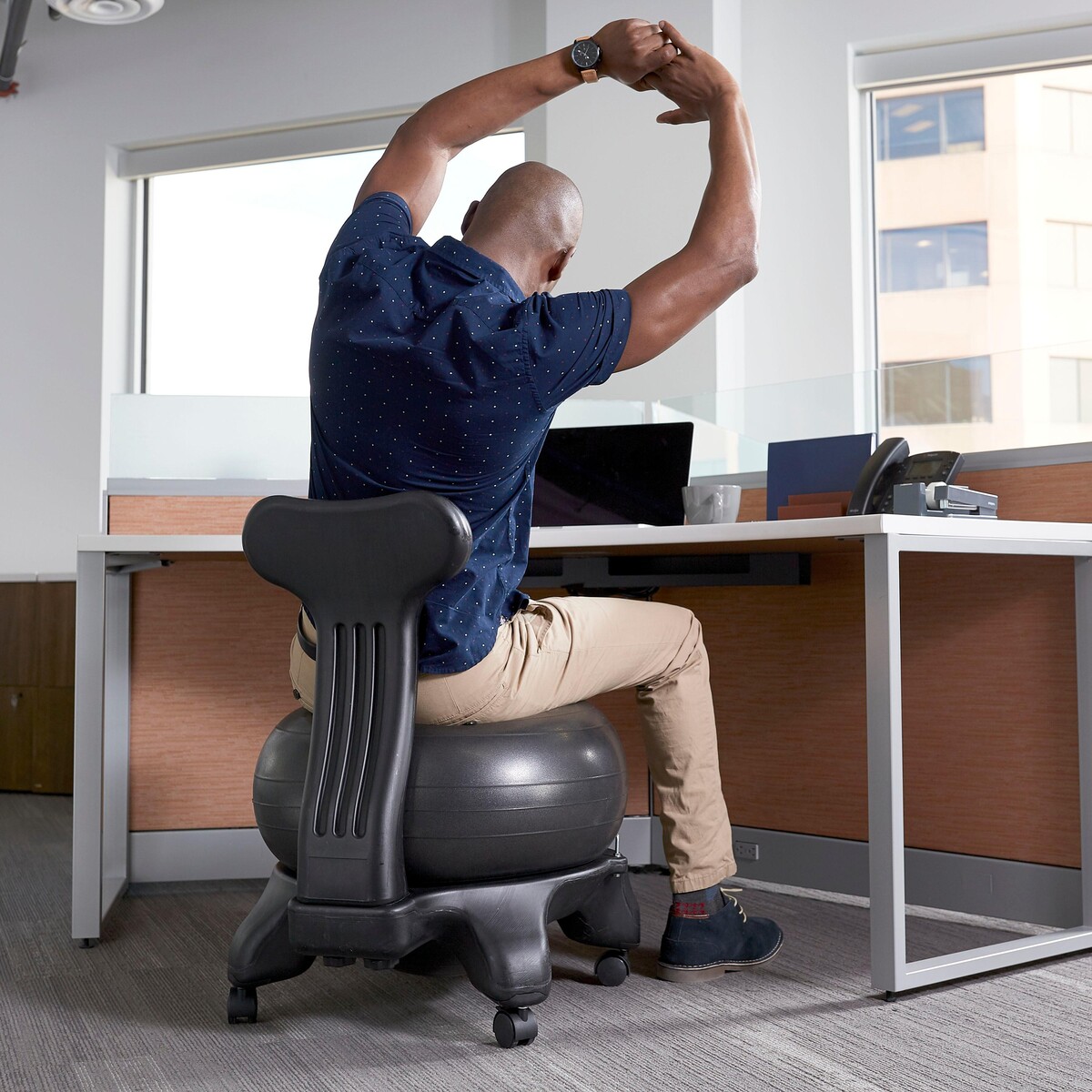
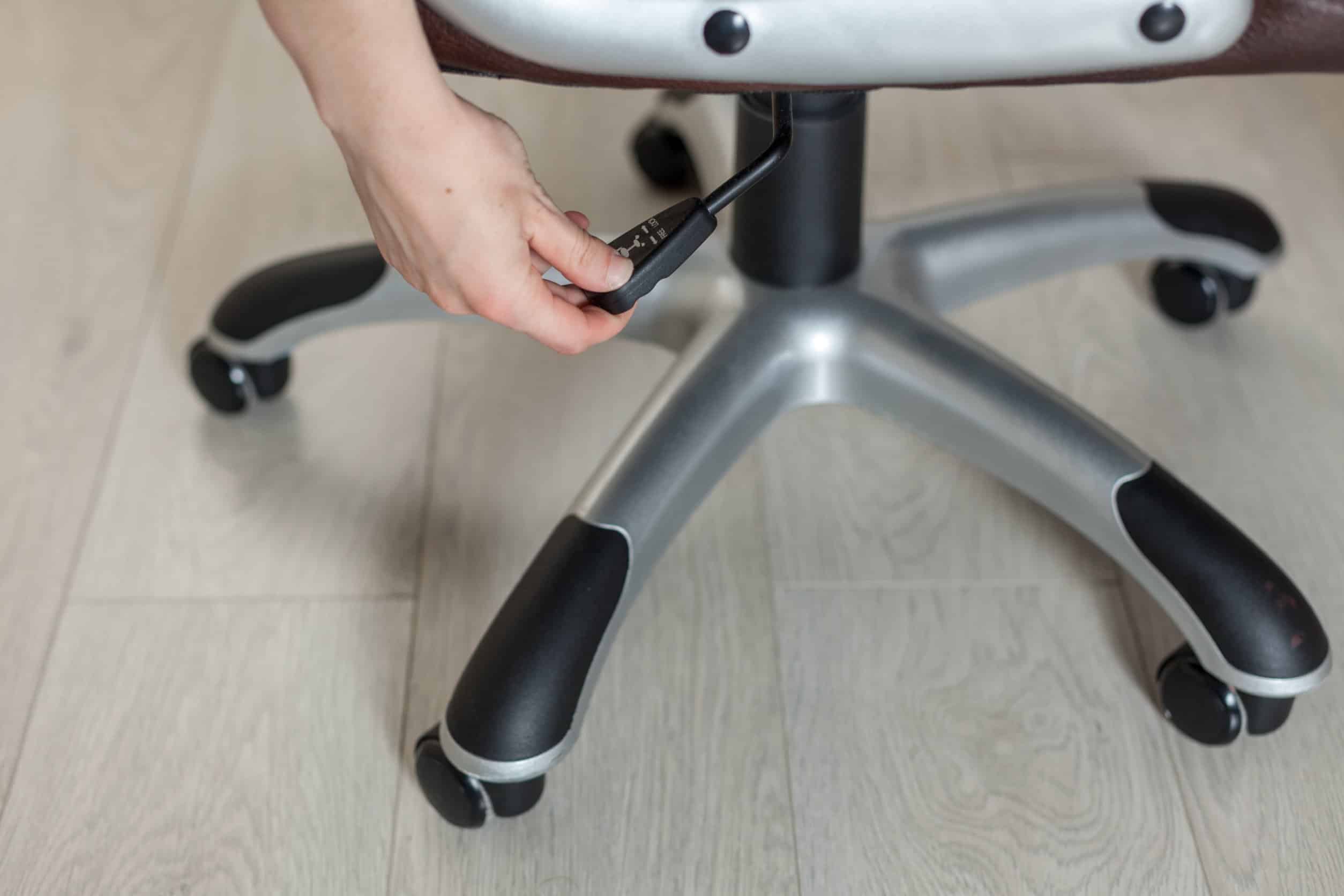
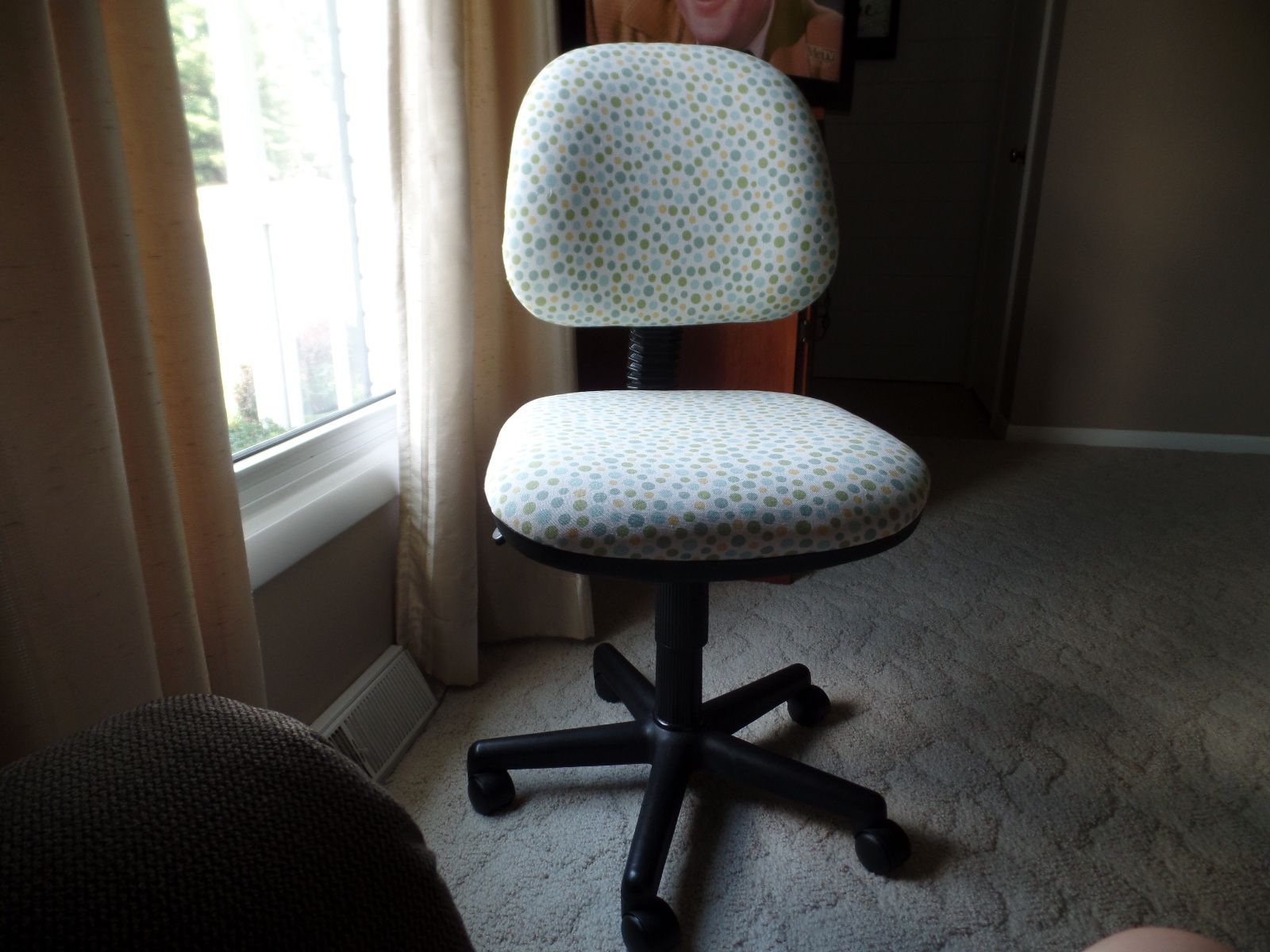
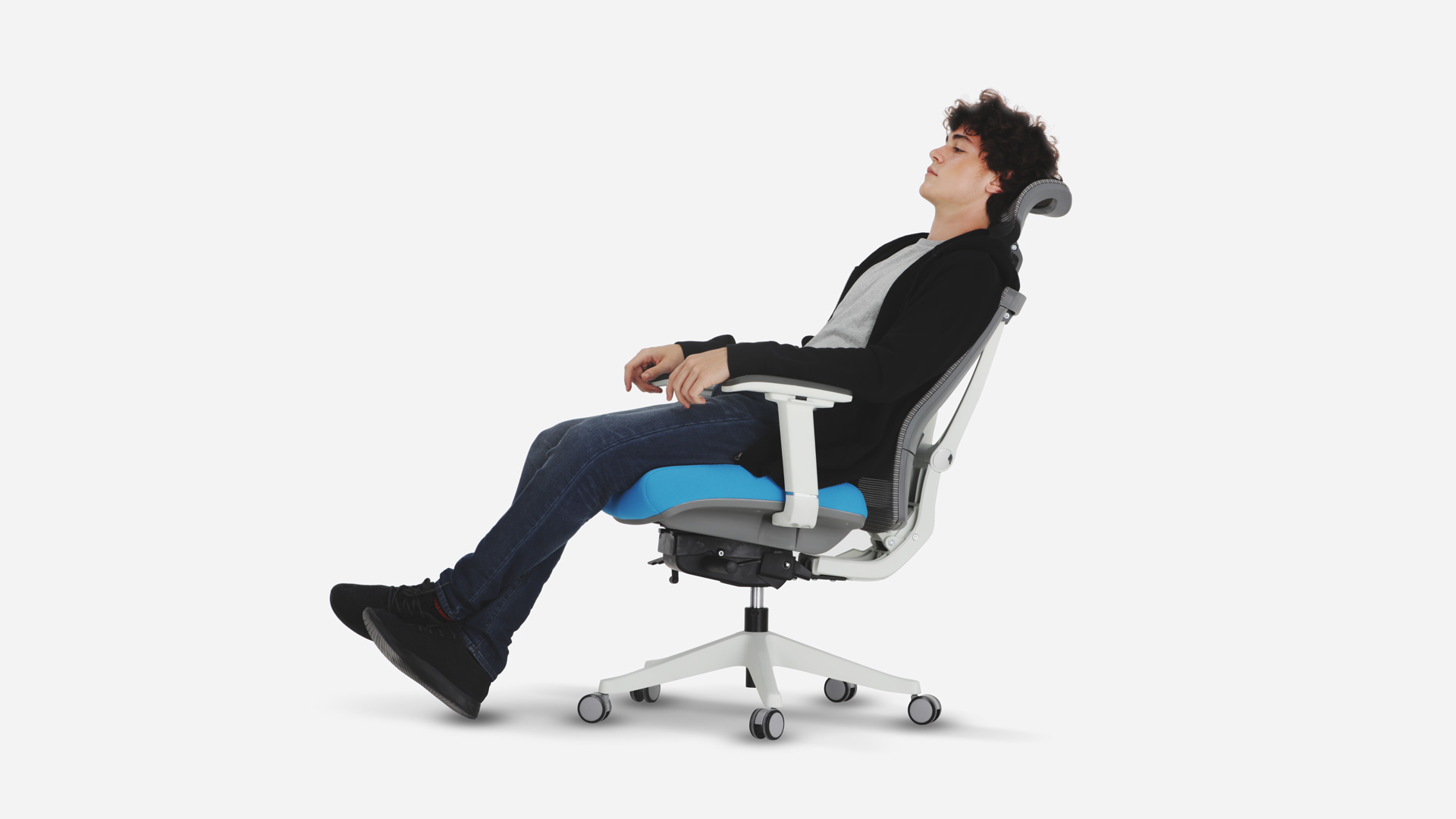

0 thoughts on “What Office Chair Is Best For Your Back”